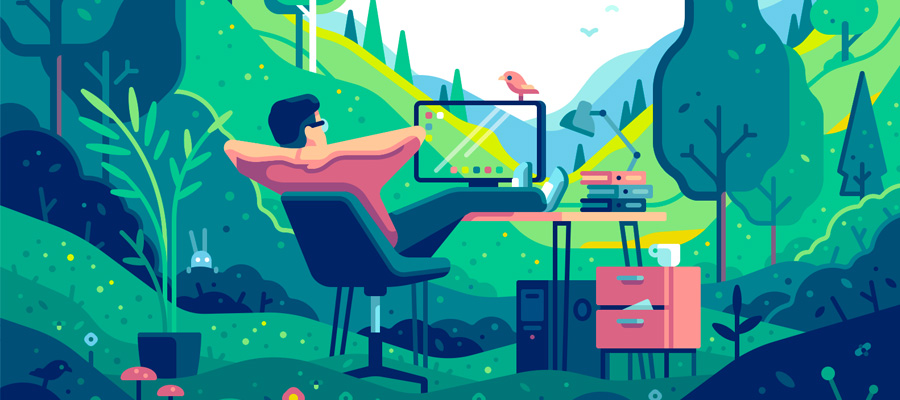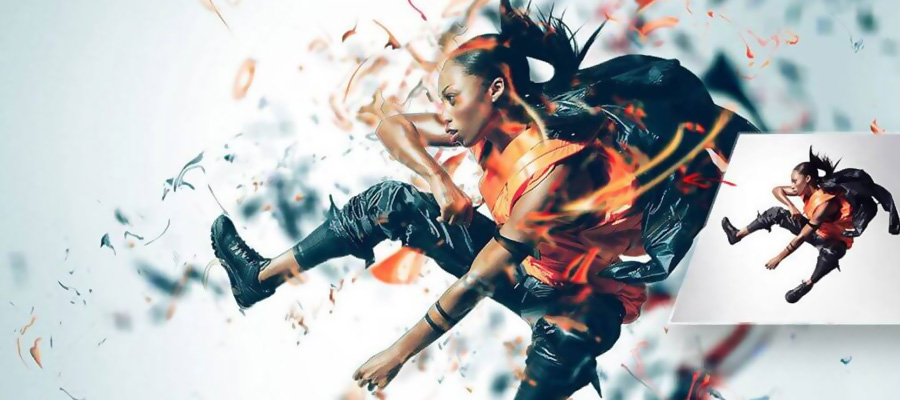One of the hardest jobs about photography is undoubtedly the editing process. Not only does it take potentially hours on end, it’s also a fiddly process that certainly does require a lot of skill.
Whether you’re looking to create a portfolio, or are working on a paid project, it can be incredibly difficult to be critical of your own photographs and understand where edits may need to be made.
However, there are plenty of ways to ensure you hone your skills and make the right decisions.

First and foremost, that begins with finding the right photo editing software for you. There are dozens of programmes on the market, so choosing the right one to suit the type of photography and editing you need is essential.
For example, if your photography is focussed predominantly on sport, with wide angles, you’re going to want something that helps with that. In contrast, if you’re mainly taking images of nature, the likelihood is you’re going to want an editor that has features to help enhance close ups.
There are a number of sites on the market that will help you out with choosing the correct photo editing software.
However, from there it’s all about honing your craft and understanding the skills you need for your type of photography.
A good way of doing that is by regularly reviewing your previous work. Collect your best pieces of work and analyse the photographs every month. Understand what makes them good, and critique them. What would improve them? This will then help you when taking the shots, and then in the edit.

Another key aspect of editing which so many people haven’t mastered is the heal tool. It’s a feature that we all regularly use, whether it be posting a photo on Instagram or spending hours in an editing suite.
Of course, each heal tool is different and it’s understanding and becoming familiar with them that will make your life easier and your pictures better.
Knowing when to use it is also important. Blemishes of course will often be touched up, but is it always necessary? Again, analyse your image and weigh up what adds value to your image and what needs healing. Sometimes photos do just look way too polished, which can really detract from the message you’re trying to portray in an image.
Most importantly, it’s all about finding the right fit. Find an editor that suits you and practice. Revisiting your work monthly, as well as three to six months later will give you a clear understanding of where you’re at.
Re-edit a photo from six months ago and see how it differs to your previous effort. Not only will this show your improvement, it will also allow you to see if you’ve developed a certain style or you’re consistently making the same errors. It’s all part of the learning process into becoming a good photo editor.




















